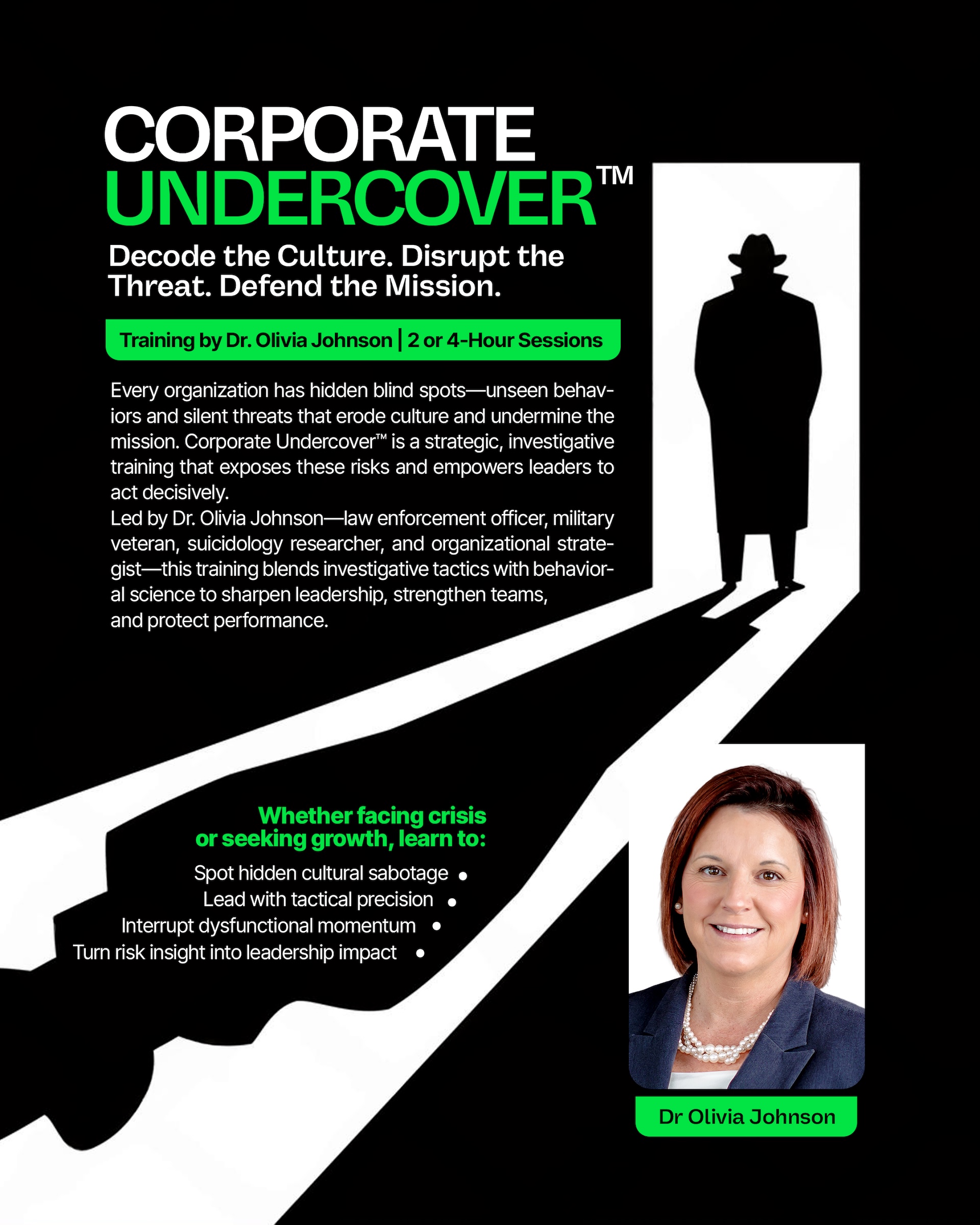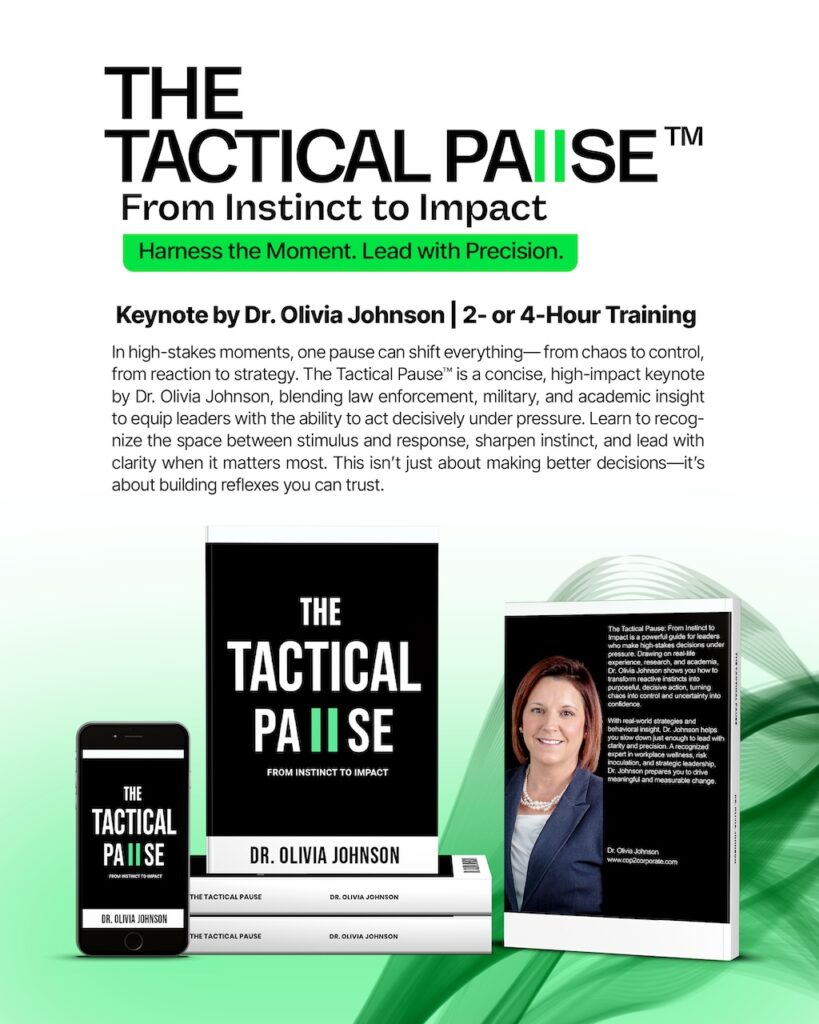Every mission—whether in public safety, business, or community leadership—faces moments of stagnation. Priorities blur. Momentum fades. Teams begin to drift. It’s in these moments that true leadership is tested, not by how quickly one can push forward, but by how strategically one can pause, reassess, and redirect.
In law enforcement, when a case goes cold, the response isn’t to give up—it’s to dig deeper. Investigators reexamine evidence, explore overlooked leads, and pivot their strategy to break the case open. The same approach can be applied in organizations when progress stalls or energy begins to wane. Detours and Dead Ends™ takes this investigative mindset and adapts it for leaders navigating complexity, misalignment, or operational fatigue.
What if that “stuck” feeling your team is facing isn’t failure, but a signal? What if it’s not the end of the road—but a call to reroute? Too often, stagnation is misinterpreted as incompetence or lack of motivation. In reality, it’s often a sign that something deeper is misaligned—whether it’s in communication, priorities, personnel, or execution.
Using investigative thinking in leadership means stepping back to assess the whole picture. What patterns are being repeated? What assumptions are being made? Where has the team veered off course—and why? This framework encourages leaders to look for operational blind spots and misdirected efforts that may be slowing progress or leading the team in the wrong direction.
The goal isn’t just to move—it’s to move with clarity.
Strategic redirection doesn’t come from pushing harder. It comes from knowing where to push. Much like an investigator re-evaluates a crime scene with fresh eyes, leaders must learn to pause and reframe their mission when stuck. That means asking better questions, looking beyond surface symptoms, and engaging in honest dialogue about what’s working—and what’s not.
Often, these detours and dead ends reveal the most valuable insights. They expose vulnerabilities, bring to light outdated systems, or clarify priorities that were once hidden beneath the noise of daily operations. And once these are revealed, the path forward becomes clearer, sharper, and more mission-aligned.
This approach isn’t about perfection—it’s about precision. The willingness to stop, reassess, and reroute is not weakness. It’s one of the strongest moves a leader can make.
Detours and Dead Ends™ reminds us that tactical pauses aren’t signs of defeat; they’re opportunities for elevation. When handled intentionally, they become inflection points—moments where an organization doesn’t just recover, but reemerges stronger, wiser, and more focused.
In a fast-moving world that often values speed over strategy, the most powerful leaders are those who know when to shift gears, ask the right questions, and reengage the mission with renewed direction.
Sometimes, the road to success isn’t a straight line. And that’s exactly where the breakthrough begins.


